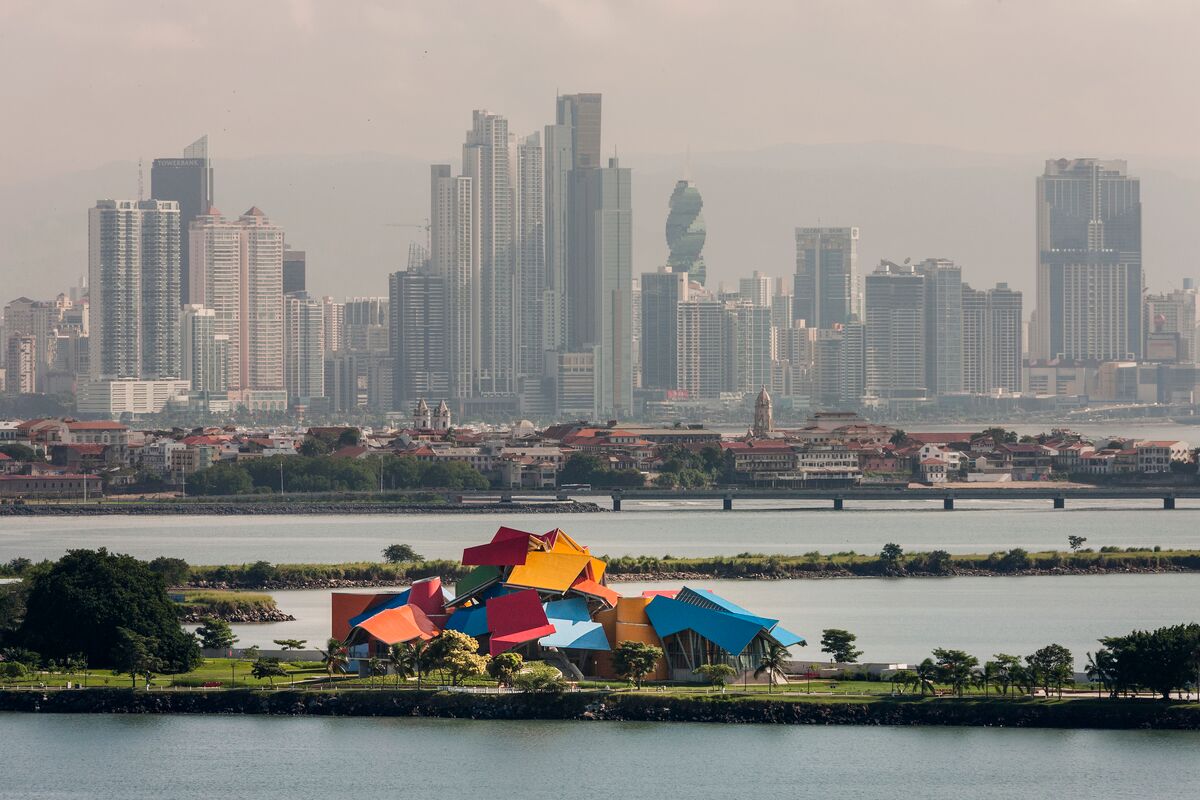Without a doubt, the most emblematic building in Panama City is the Biomuseo, probably followed by the screw building on Calle 50. Its location at the Amador Causeway is privileged, right at the entrance to the Panama Canal. The new convention center will accompany it, making this area rise in tourist importance.
This road is used by many to practice sports and has become even more popular since it was extended from two to four lanes. From there the boats leave to cross the Panama Canal and the boats that go to Taboga Island and Contadora Island.

It all starts with a story
The idea for the construction of the Biomuseo was given in 1999. The Panamanian government wanted to build a museum that had the impact of the Guggenheim in Bilbao, Spain, which was designed by Frank Owen Gehry. This famous American Canadian architect married a Panamanian, Berta Aguilera in 1975. He also had an interest in doing a project in his wife’s home country if an interesting subject was achieved.

The Smithsonian Tropical Research Institute had an idea based on their research. They were studying how the construction of the Panama Canal affected species migration and if it allowed invasive species to cross from one coast to the other. Biodiversity in Panama is one of the largest in the world, as it is the bridge where animals and plants from North and South America come together.
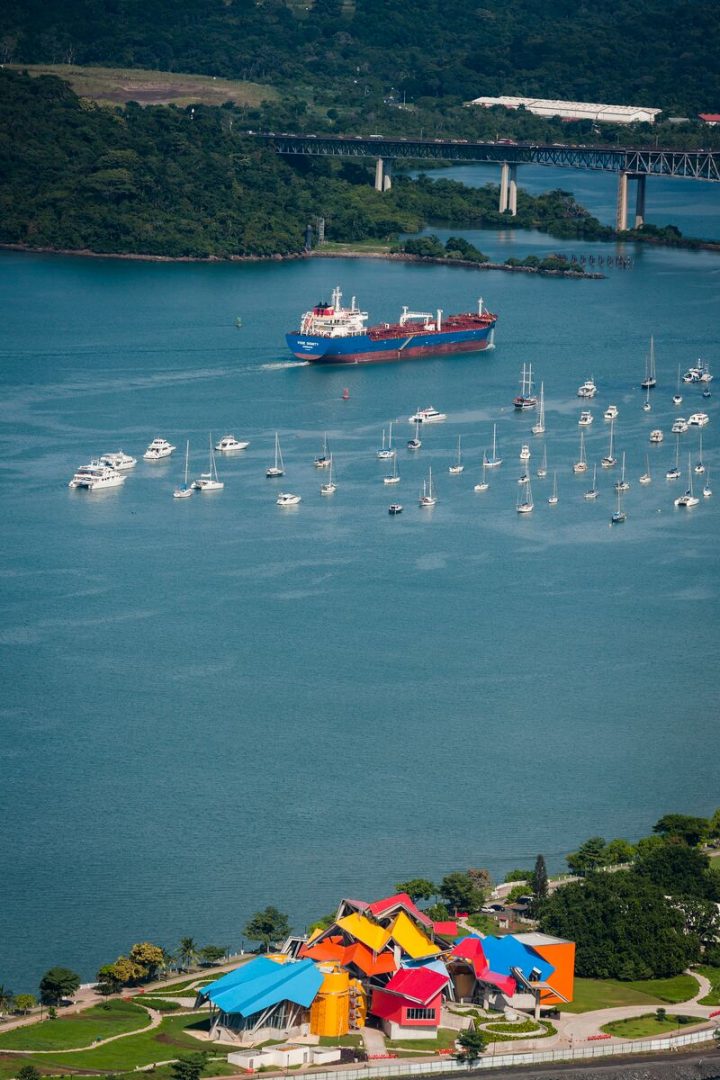
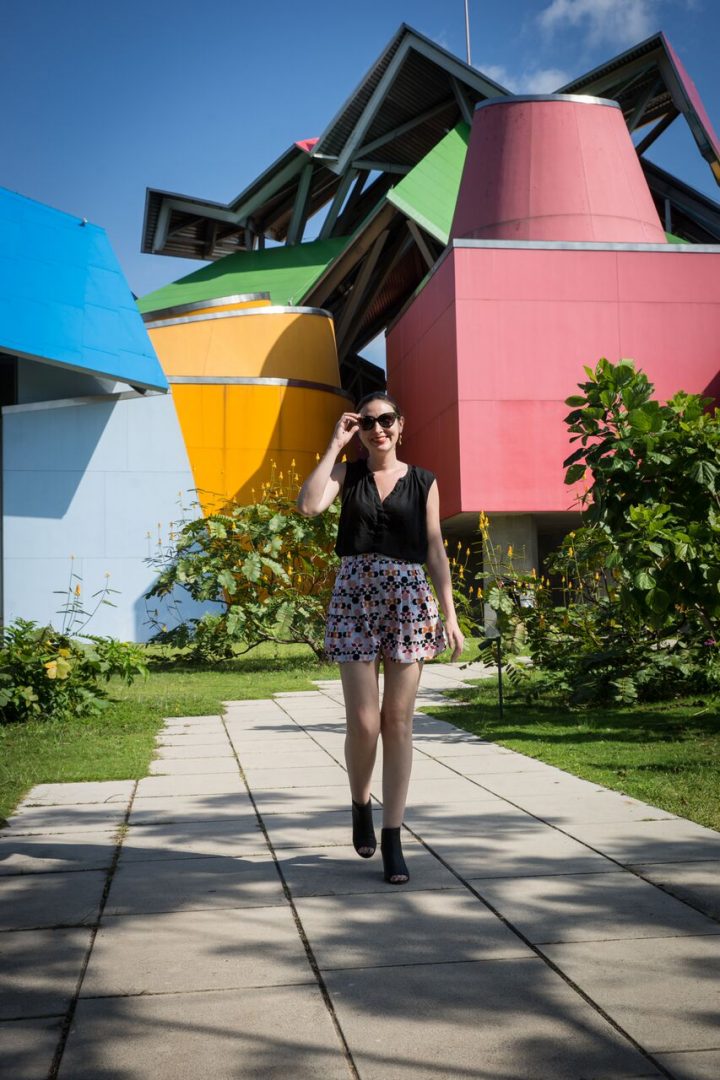
The space that the Biomuseo has is three hectares, including a park. The museum building has about 4,000 square meters and the park occupies the rest. Its creative design was based on its surroundings, for example the Bridge of the Americas was simulated in the arch of the roof of the cafeteria. The Biomuseo was Frank Gehry’s first work in Latin America.
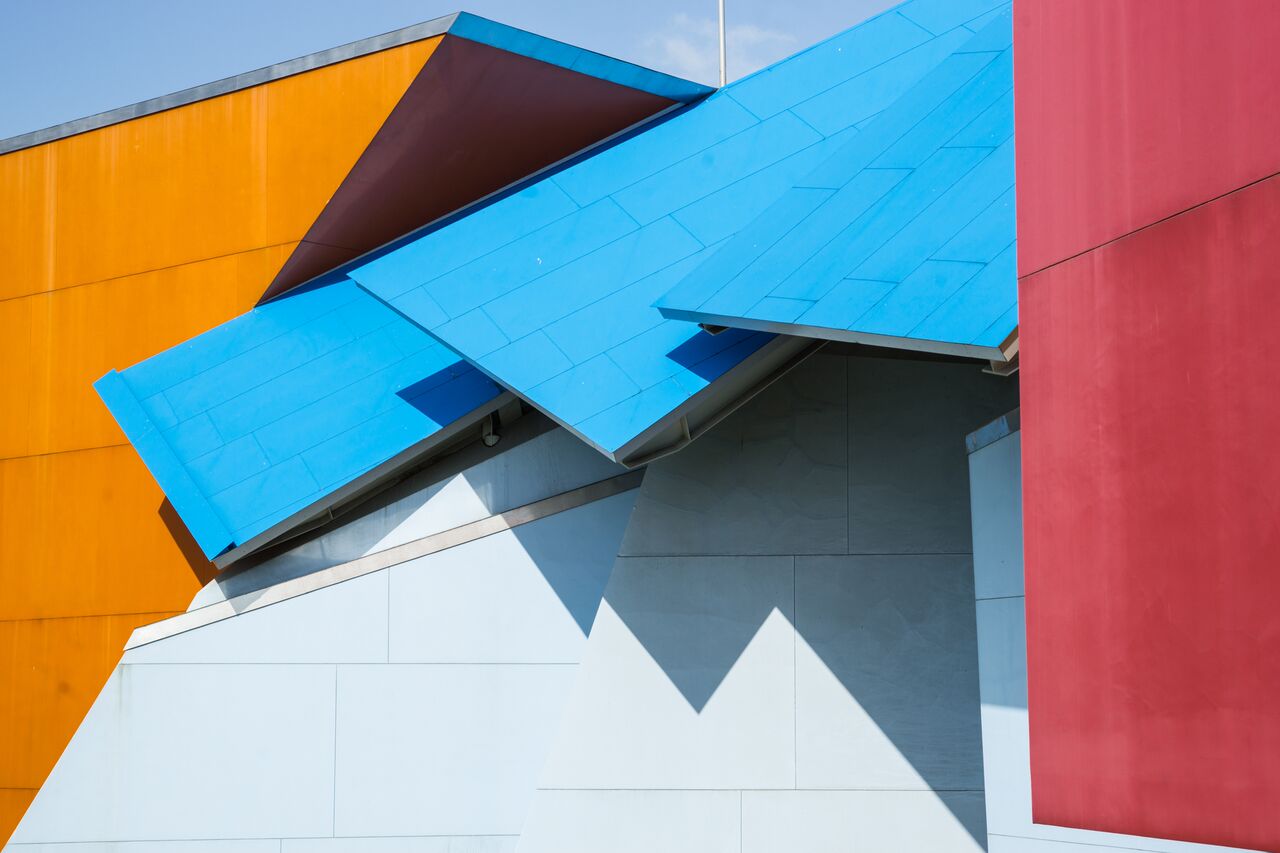
A long construction
Construction began in 2006 which has not yet been completed in 2018. Over the years, the work has been stopped several times due to lack of funds, humidity, rain and the complexity of the design.

The Biomuseo of Panama was inaugurated on October 2, 2014. The elaborate design and the multiple galleries cost much more than projected. When the building was designed, there was another technology, so it was necessary to break all the walls to put cables.
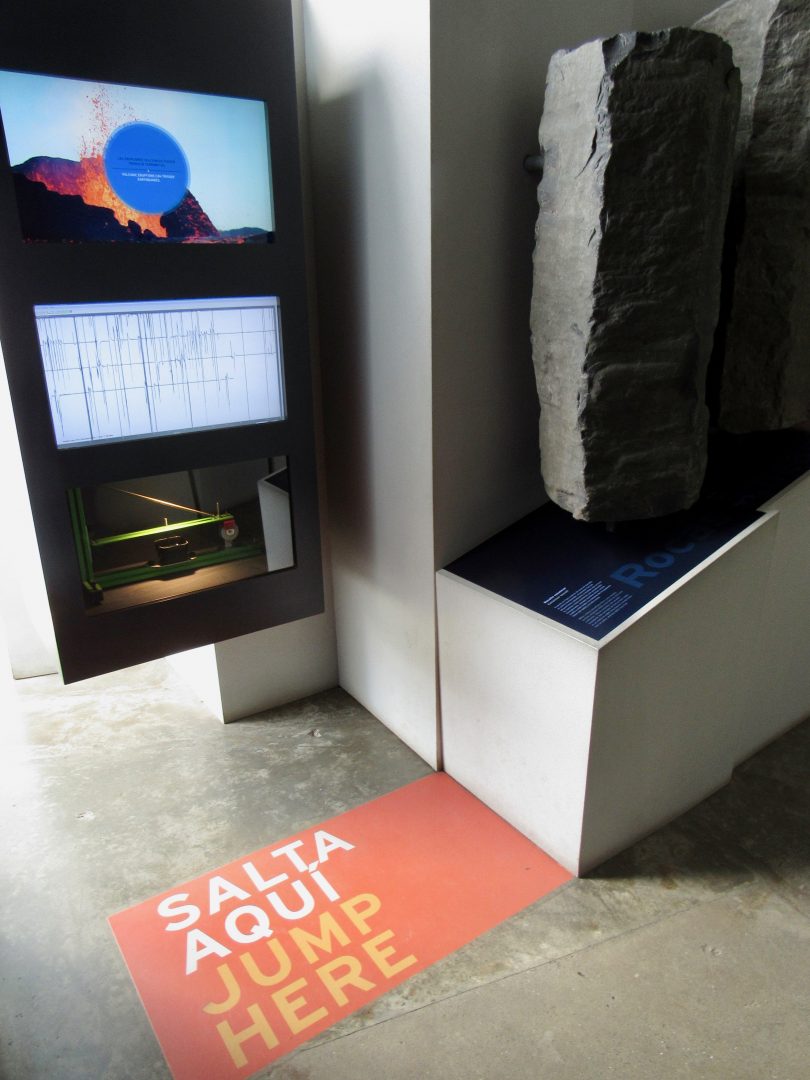
Originally, it was estimated that it would cost between 40 to 60 million. At the time of its opening, some 95 million had been invested and 15 million more were needed to complete it.
Bruce Mau, founder of the Institute Without Boundaries designed eight galleries for the Biomuseo. The opening took place with five of the eight gallerie. The rest had an opening date three years later, which was not fulfilled.


This museum has been a real example of persistence and it is expected that when this complete achieves the impact on tourism that an architectural jewel like this one deserves.

Open galleries in the Biomuseo
When you enter the Biomuseo, the first gallery is “Biodiversity” that explains what biodiversity is and shows the magnitude of ours, which is still discovering new species.

From there you go to “Panamara” which is my favorite gallery. You will stand on a platform while videos of the natural beauty of Panama are projected on ten screens in three heights. Be sure to look at your feet and the ceiling, as both are being projected.
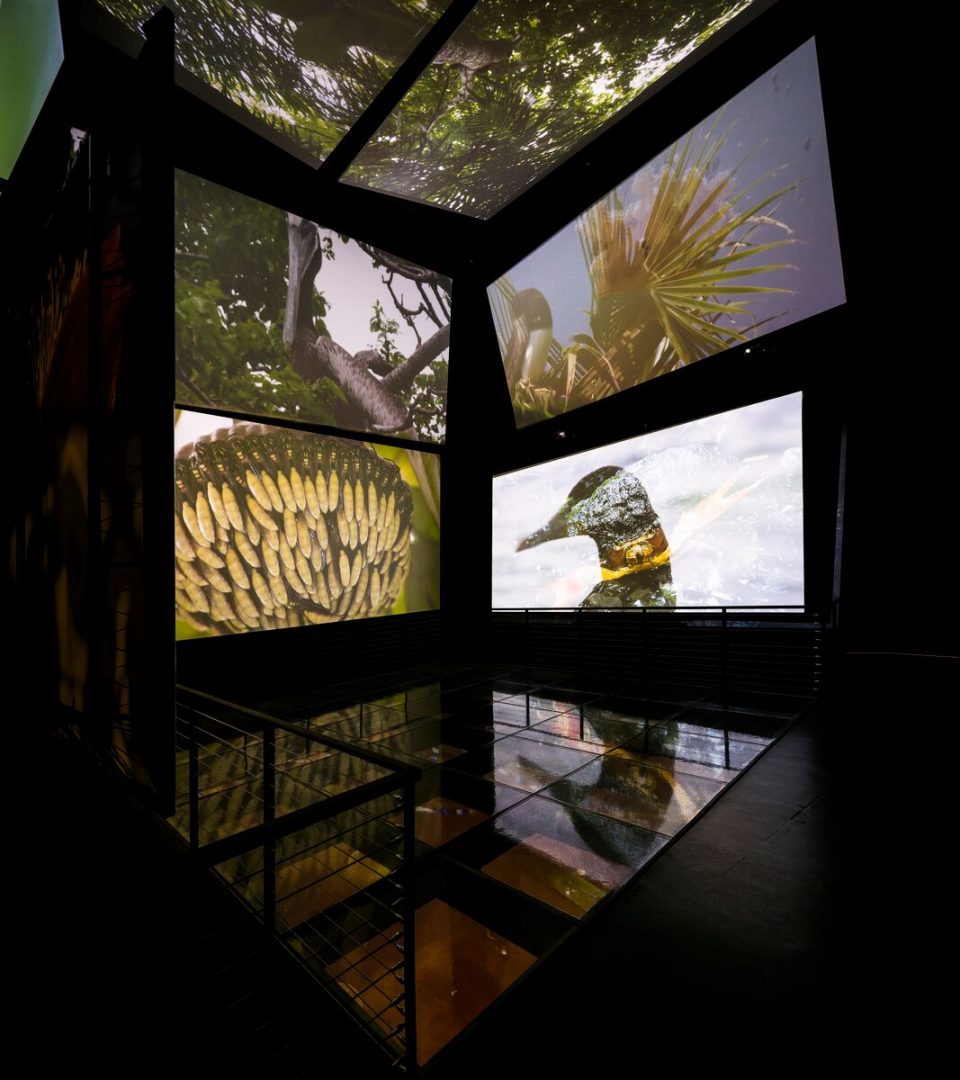
During my visit I was guided by Roberto Maduro, Biomuseo’s Development Coordinator, who explained that the original screens cost more than $70,000. Now with the change in technology, newer ones cost less than half and are much smaller. If you look closely you can see the difference in image quality between the new and the old.
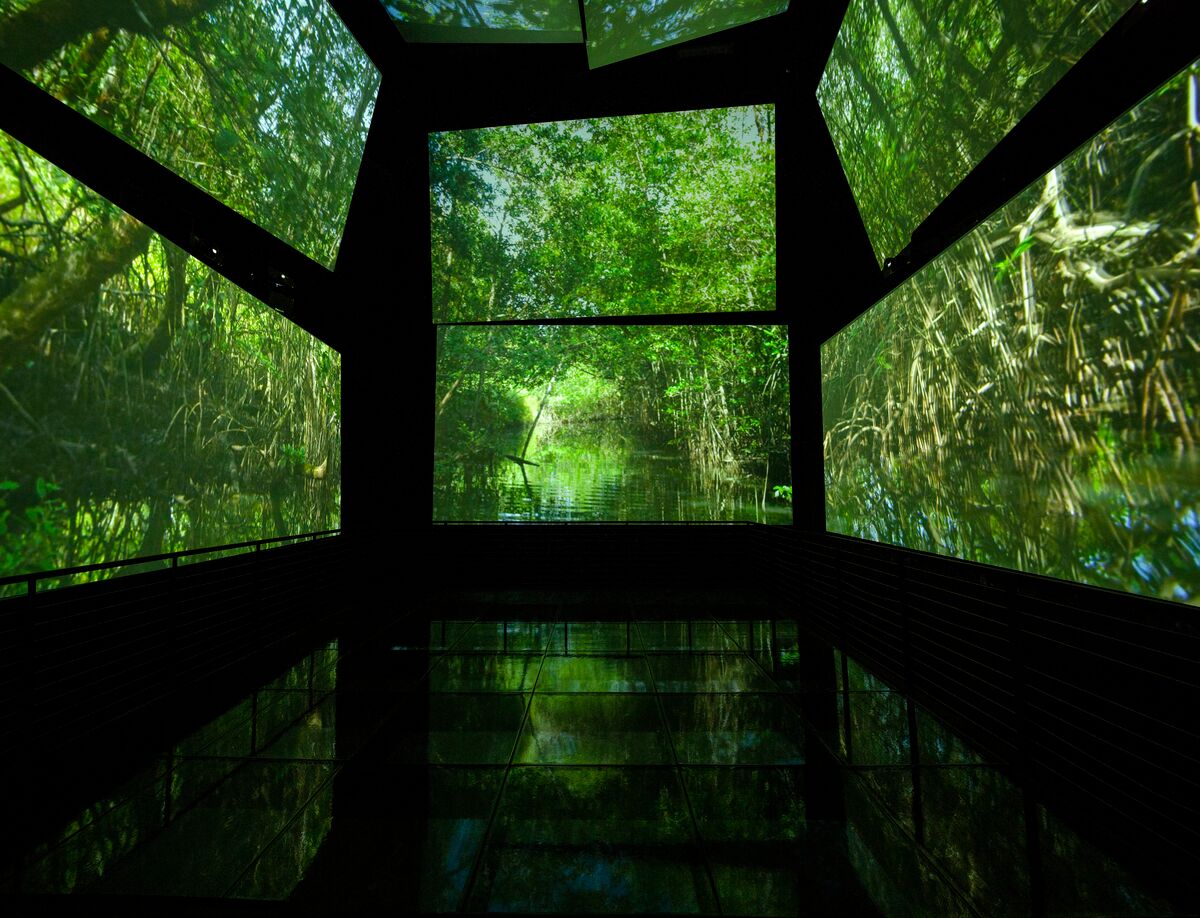
You will go to “The Bridge that Surges” that puts you in touch with the geological aspect of the formation of the Isthmus of Panama.
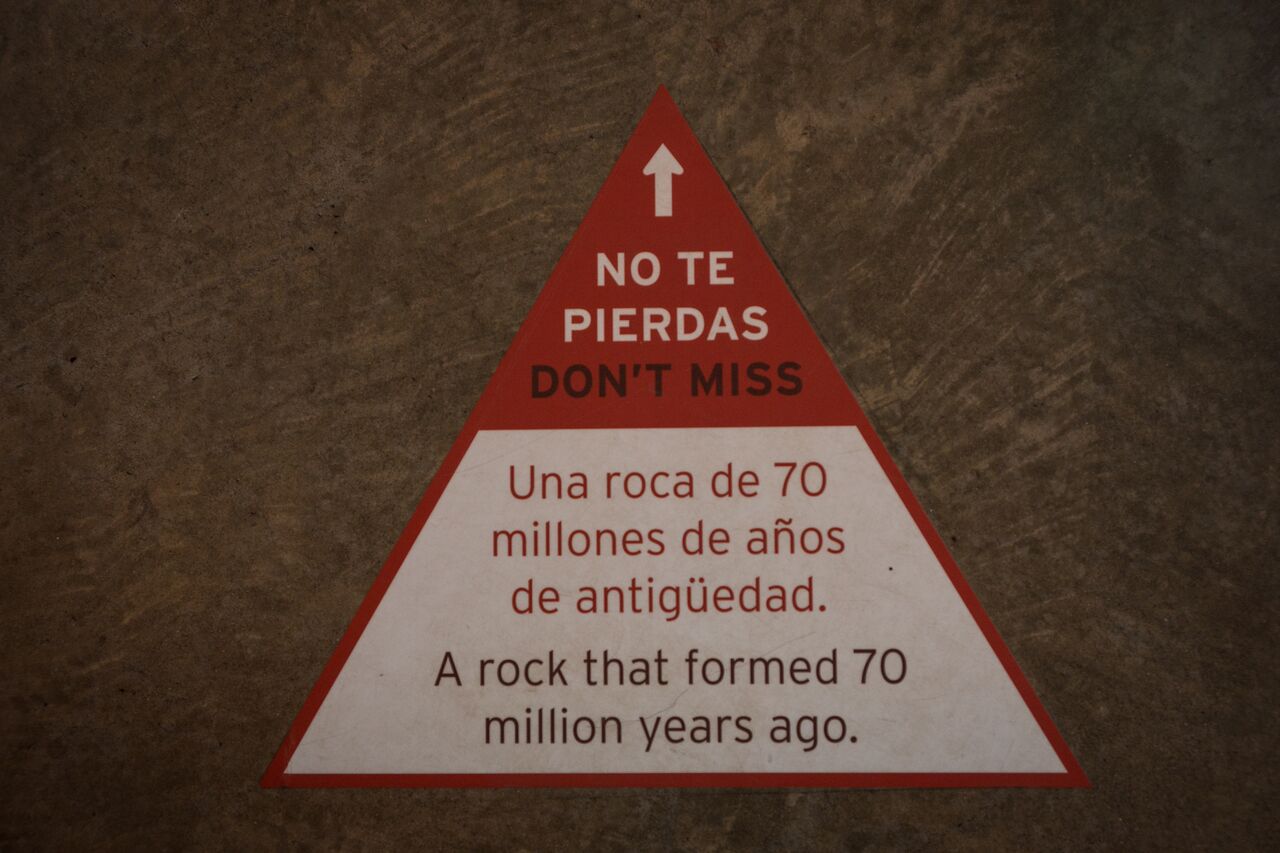
As there was already land, the animals arrived and “The Great Exchange” tells how species arrived from the north and the south. Some are already extinct like a big giant sloth, while others are still alive in the isthmus. The animals are made in models that look like plaster, and it is probably the most photographed exhibition. The museum suggests places to take photos during your tour.


There are two temporary exhibits, which show fossils found during the excavation work of the Panama Canal expansion. “Giant Sharks” has a full mouth with teeth of megalodon (giant shark that lived between 23 and 2.6 million years ago) that were found in the isthmus. The other, “The Covered Sky of Infinite Birds” explains the massive migration of birds that come every year to spend the winter in our country.
The three missing galleries open in 2019
The funds donated by the government include the construction of the three missing galleries: “Divided Oceans-Aquariums”, “The Living Network” and “Panama is the Museum” that will be the exit of the Biomuseo.

When the Biomuseum was designed in 2002, the gallery “Panama is the Museum” was going to be like a Trip Advisor providing information on everything there is to see in Panama. But as the Internet became massive, it was time to change the approach by making the gallery digital. In the center there will be a structure that looks like a skeleton of the Isthmus of Panama, with projected color stripes. You will be able to step on hexagons that will open images to show the attractions of the area. A sensor will follow you on your journey, opening what you have stepped on. When you finish, the sensor recognizes your path and shows it to you.
“Divided Oceans” will have an aquarium with fish from the Pacific and Atlantic. It shows the evolution of the species when they are divided by a strip of land. “The Living Network” is a huge sculpture, which incorporates plant, animal, insect and microorganism, showing the importance of all creatures.
The Biodiversity Park is a place for people to live with nature. It is full of endemic and native plants that serve as a complement to the central exhibition. There are still two stations: water garden and a grotto of plants and flowers.
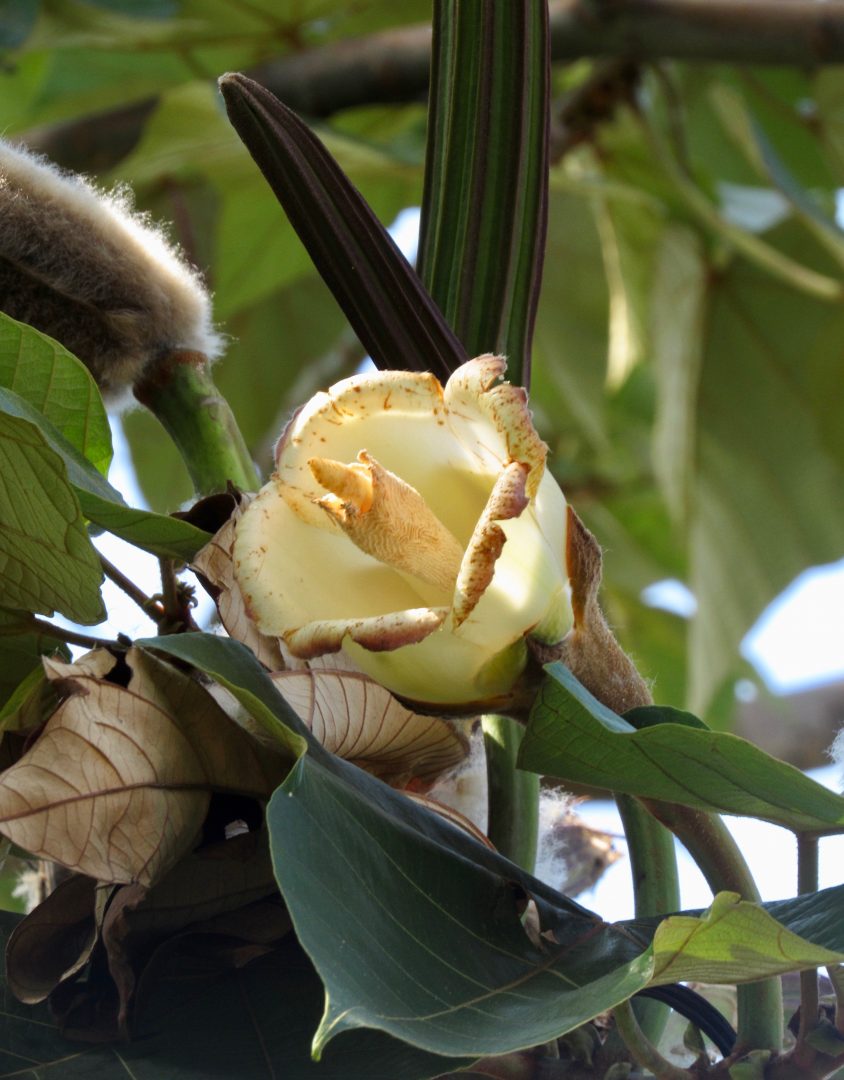
Plan your visit
Your tour in the Biomuseo can take an hour and a half. Inside there are free guides that provide information to visitors, you just have to ask them questions. This museum is accessible for disabled people and has a small souvenir shop and a cafeteria. If you go by car you can park at no cost next to the former Officers’ Club.

The Biomuseo is open every day except Mondays from 10 a.m. to 4 p.m. from Tuesday to Friday and until 5 p.m. Saturdays and Sundays. The entrance fee for Panamanians is $10 and for foreigners $18. There are discounts for retirees, students and children under 18. About 480 people visit the museum daily and in December 2017 they broke a record of foreign visitors.
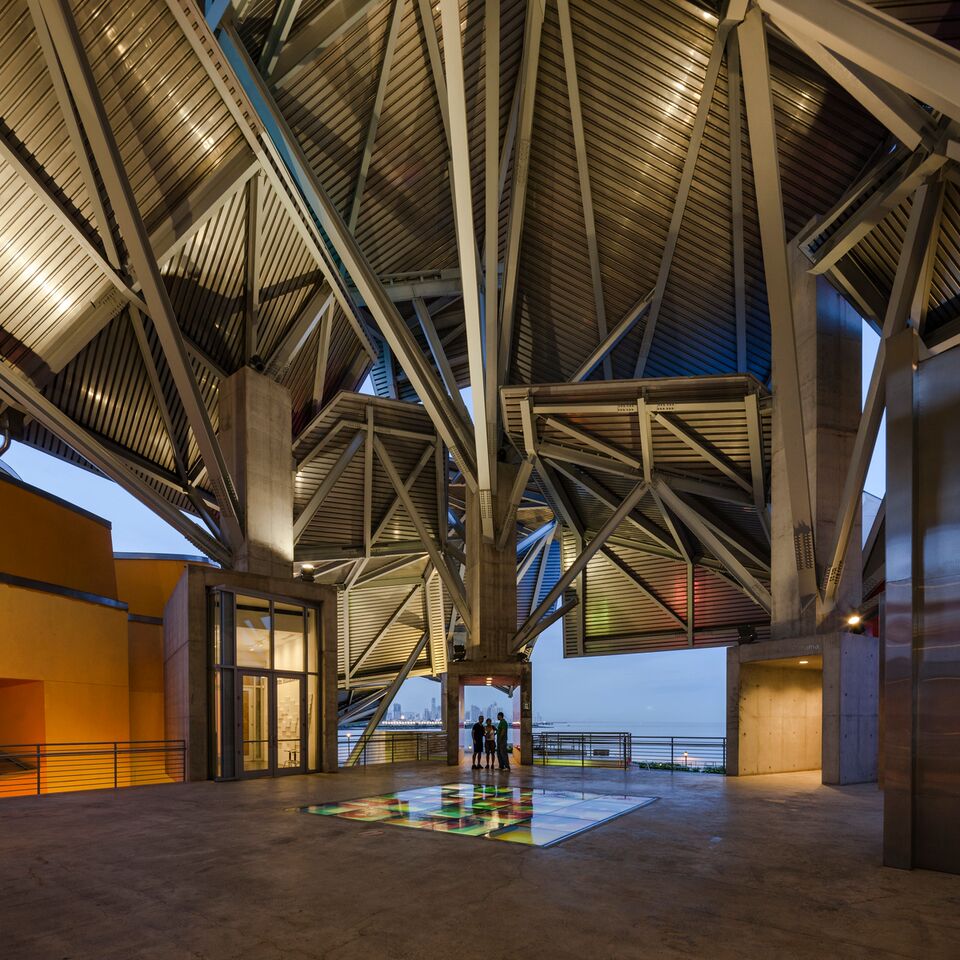
On the first Sunday of each month they give away 1,000 tickets from 9 a.m. to 12 p.m. with tickets scheduled every 15 minutes. They also have activities these Sundays such as garden workshops, recycling materials and concerts. It is advisable to visit the Biomuseum website to see the calendar of activities. Every Wednesday there is a free tour to see butterflies around the park.



